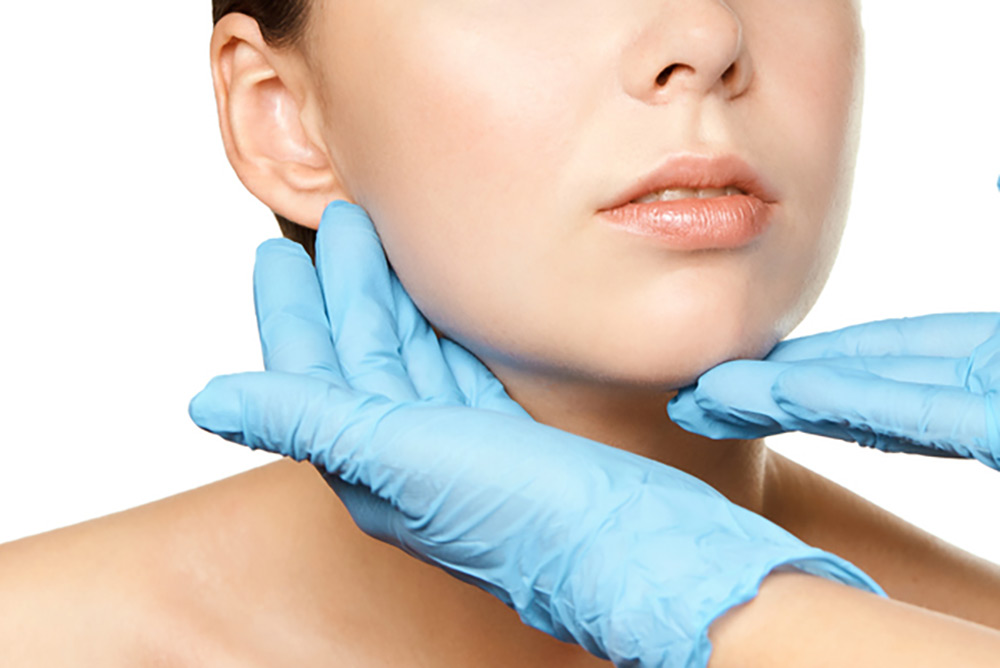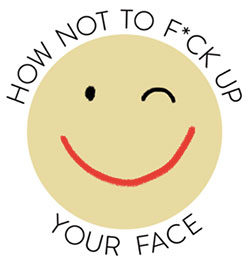By Valerie Monroe
If you’re interested in feeling happier about your appearance—especially as you age—you might like reading what she has to say about it. For more of her philosophical and practical advice, subscribe for free to How Not to F*ck Up Your Face at valeriemonroe.substack.com.
TO ENRICH my experiences in Japan, I’ve been trying to teach myself some Japanese with the help of this terrific app. Unsurprisingly, research shows that learning a new language can have multiple benefits. My granddaughter, M, also has been learning how to read—and though she’s far ahead of me in the process, when I now hear her sounding out words, I can relate in a way I wouldn’t have had I not started my own (albeit halting) reading journey. I’m looking forward to the time (if ever) when I can send a text in Japanese, though I’m pretty sure it’ll read something like the one I got from M the other day, with a picture of a tiny flag: What is this flaog cold?
A reader recently wondered if there was something she might do to develop a better relationship with her chin, of all things. Isn’t it interesting how we tend to focus on one feature that then becomes a repository of our discontent? After I read her email, I asked this Reader to send me a photo, so I could have a better idea of her issue. I was expecting (as she later surmised) a Jay Leno look-alike. But her photo revealed a gorgeous face with a chin well within what one might think of as normal size. This kind of thing happens with some frequency in HNTFUYF’s confession booth: Dear Reader admits to an extreme facial predicament not apparent to the naked eye.
Anyway, chin shape and skin texture—the dilemmas of the moment.
Q: I’m not in love with my chin and never have been. It’s my dad’s chin, which looks fine on him but I’d rather not have it. My searches to “fix” it always end up at plastic surgery websites for either receding chins or double chins. Mine is neither. It’s just lumpy and round and undefined. I went to a cosmetic dermatologist who shot it up with some filler—but to be honest, if there was any improvement, it lasted only a month and it didn’t do anything to make my chin less noticeable. To me, it’s still too big. Are there any procedures to address this?
Also! My chin pores are always clogged. I use Differin a few times a week and exfoliate daily. But the texture of the skin is different from the rest of my face. What gives?
A: Though I could discern no remarkable chin size issue or skin texture issue on Dear Reader’s face, I respect her wish to feel better about it. I did suggest she make an effort to see herself without objectification, and to focus on the feature that is, judging from her photo, wildly more prominent. As Lord Byron would’ve described it: And all that’s best of dark and bright / Meet in her aspect and her eyes.
Nevertheless, I emailed her question to HNTFUYF DermDiva Heidi Waldorf, MD for advice.
Starting with the chin shape issue, Waldorf wrote, “Filler can be used to shape the chin and smooth the transition from chin to jawline. We can make a broad or round chin look more proportional by adding filler to the tip.” Then, Dear Reader, she addressed your issue about not seeing a change in shape after a month. “Although you no longer saw the result at one month, it’s unlikely the filler was gone. You might have noticed and liked the added volume from initial swelling—but you probably needed additional treatment.” In any case, Waldorf suggested returning to the doctor to review “before” and “after” photos and have a discussion to determine if additional treatment might get you the result you’re aiming for.
If you’re going to get serious about it, you could arrange a consultation with a plastic or facial plastic surgeon, so you can at least understand your options without guessing, advised Waldorf. Excellent advice. [Val here: I’m not judgmental. Still, if you were my friend, I’d ask you something like, “Are you f*cking crazy?” Then, if you believed surgery would improve your quality of life, I’d support you 100%.]
Next! Perceived lumpiness! “If by ‘lumpy,’ you mean dimpled, then you may be describing a ‘peau d’orange’ chin,” said Waldorf. “That’s a very common condition caused by muscle pull on the skin. It’s more noticeable as we age and there’s less fat smoothing the area. The good news: A small amount of neuromodulator (botulinum toxin) can relax the muscles for a smoother texture.”
Finally, clogged pores. Waldorf herself has an important question. Are these pores visible in a standard mirror, or only in a magnified one? If it’s the latter, her advice is Step away from the mirror.
If you actually can see your pores from an arm’s length away in a regular mirror, you’re on the right track treating them with Differin (adapalene), Waldorf said. If that isn’t irritating, you might try a stronger version available by prescription or one of several other prescription retinoids for better results. “I’ve had success with Altreno, tretinoin 0.5% lotion, which spreads easily (less is more), has a moisturizing base, and tends to be well tolerated,” said Waldorf. [Val again! Altreno is the retinoid I use; I can confirm it’s less drying than other prescription retinoids I’ve tried.]
As for in-office procedures, Waldorf suggests a hydrafacial or a similar procedure every few months, involving exfoliation, gentle vacuum extraction, and the option to apply targeted cosmeceuticals and LED light. The results aren’t permanent (!) but can help maximize the effects of a retinoid (and skin temporarily looks great afterward).
If you and your dermatologist believe it’s appropriate, you might try an energy-based device, said Waldorf. Resurfacing lasers like Clear + Brilliant and Fraxel, fractionated radiofrequency devices like Venus Viva MD, and radiofrequency microneedling devices are all used to reduce pore size. They may require several treatments. As always, ask your dermatologist about what results you might expect.
One last fascinating story about pores—a reminder that there are some inter-species connections we’re unaware of right in front of (or rather right in) our face.


